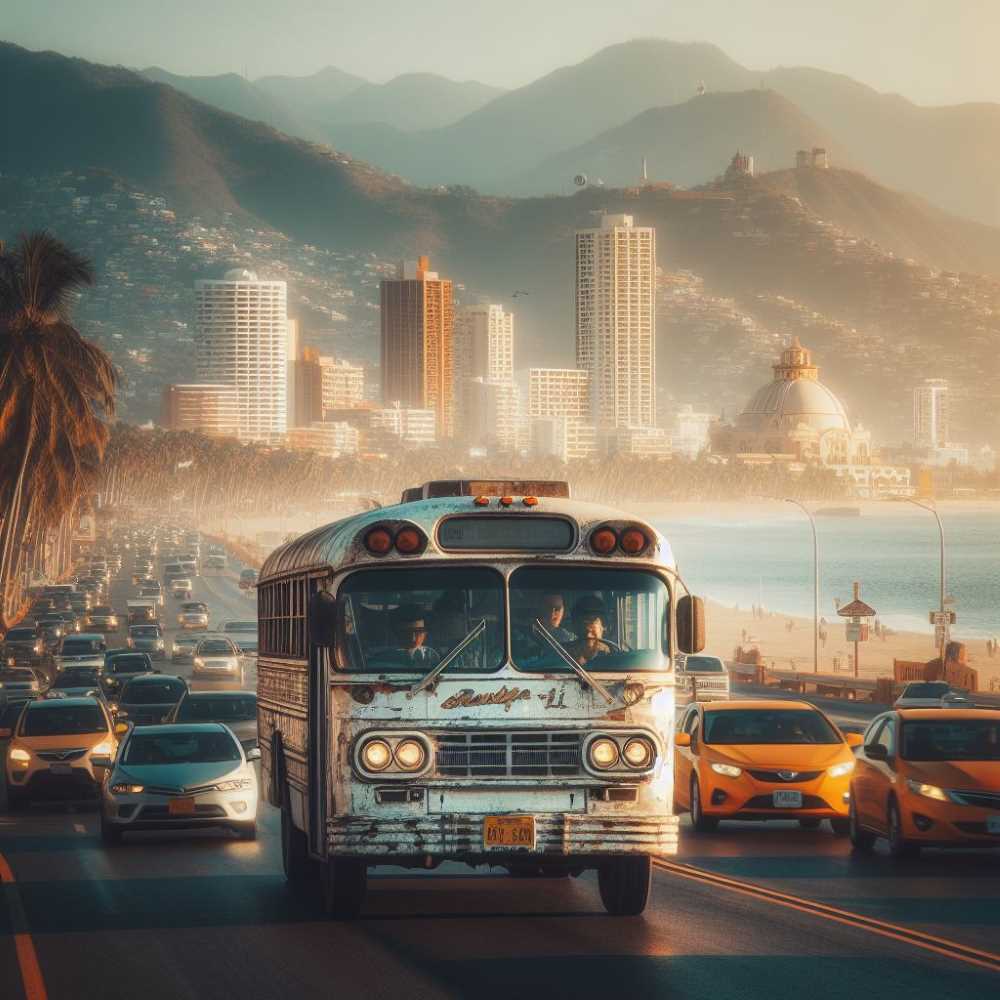Puerto Vallarta's Struggle for Equitable Development
Puerto Vallarta's image hides a different reality for its residents. Lack of basic services, poor transportation, and growing insecurity contrast the tourist-centric development. The city must address these issues to create a sustainable future for all who call it home.

Tourists flock to Puerto Vallarta for the golden sand, sparkling waters, and margaritas the size of swimming pools. But there's a Vallarta few visitors ever glimpse, and it lives a world away from the pampered tourists strolling the Malecón. We're going deep to find the pulse of this hidden Vallarta, a place where the streets are dirt and the lights always seem to flicker.
Just minutes from the glittering hotel zone, where 'all-inclusive' echoes through open-air lobbies, we stumble into an alternate reality. This is where Vallarta's working heart beats tirelessly. Dusty roads wind through neighborhoods with homes resembling half-finished puzzles. Forget manicured green lawns — here, the occasional defiant blade of grass peeking through concrete is a victory. The soundscape isn't of gentle waves or Jimmy Buffett covers; it's barking dogs, chattering children, and the rhythmic thrum of washing machines bravely battling piles of laundry.




